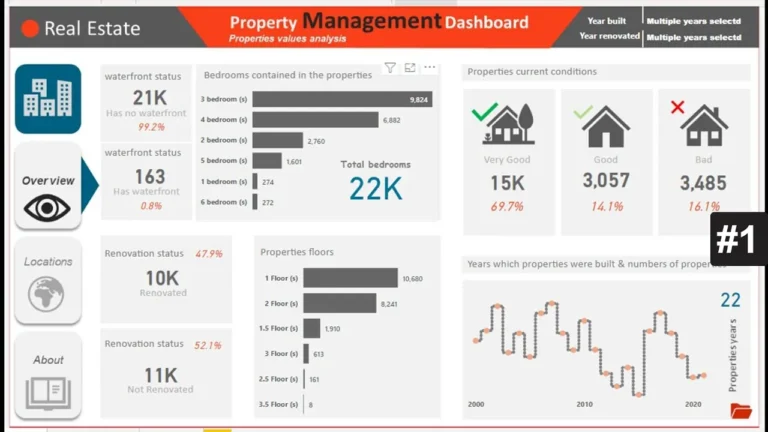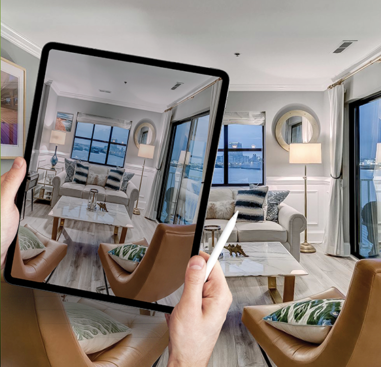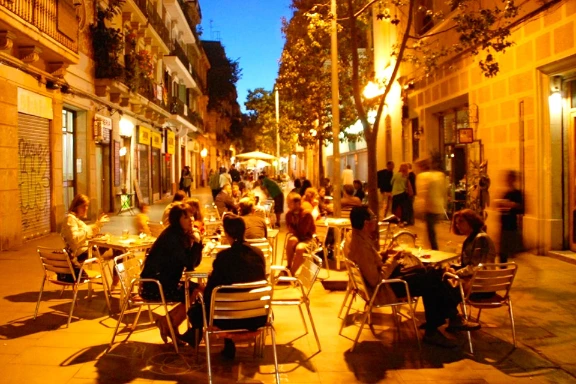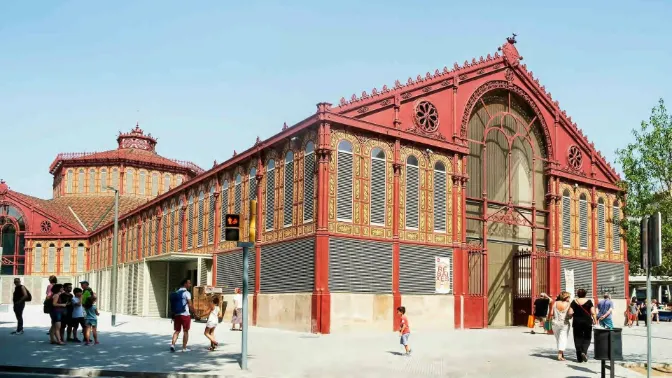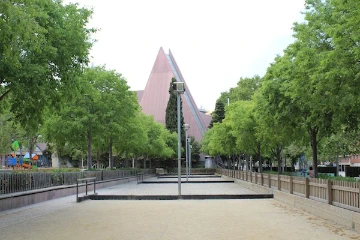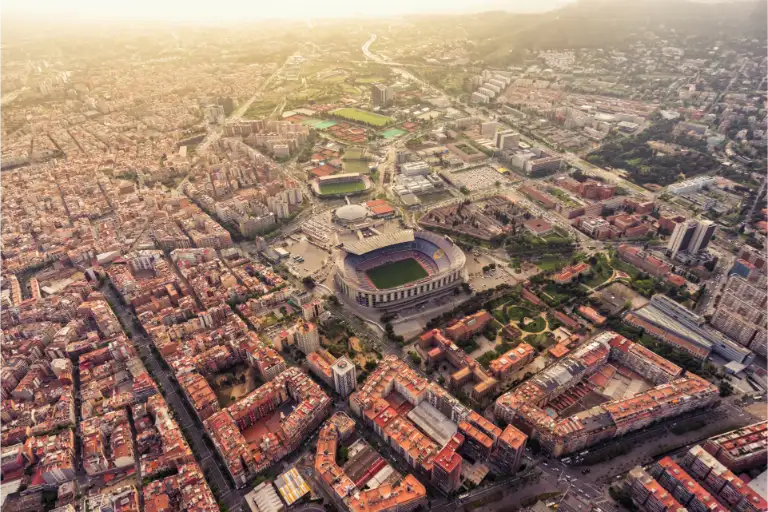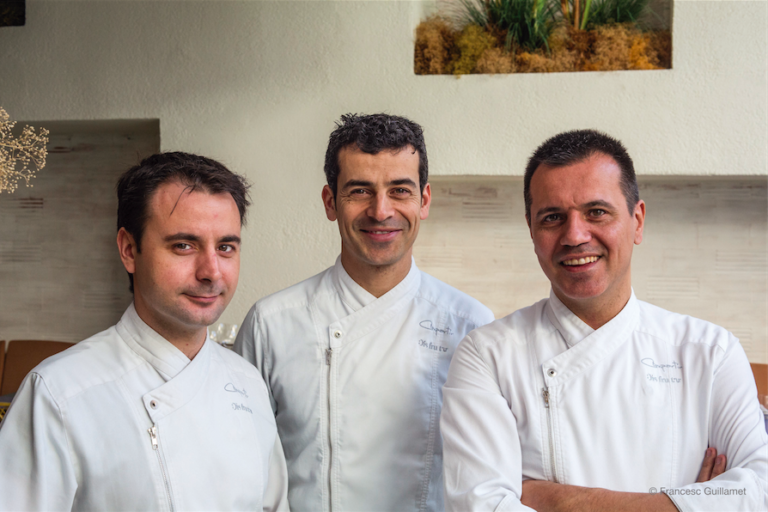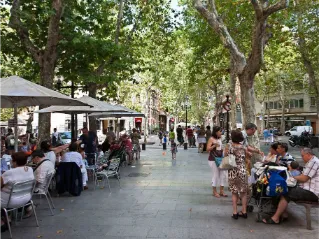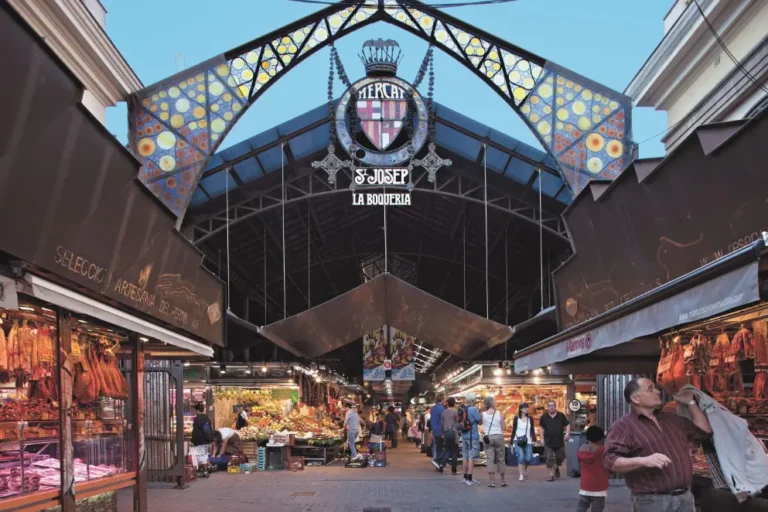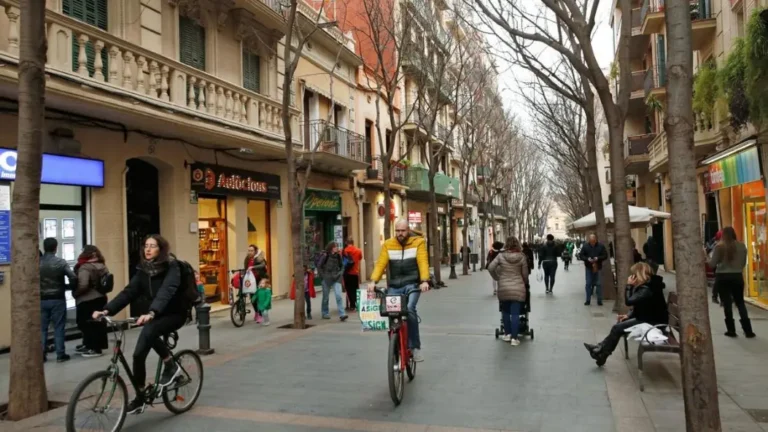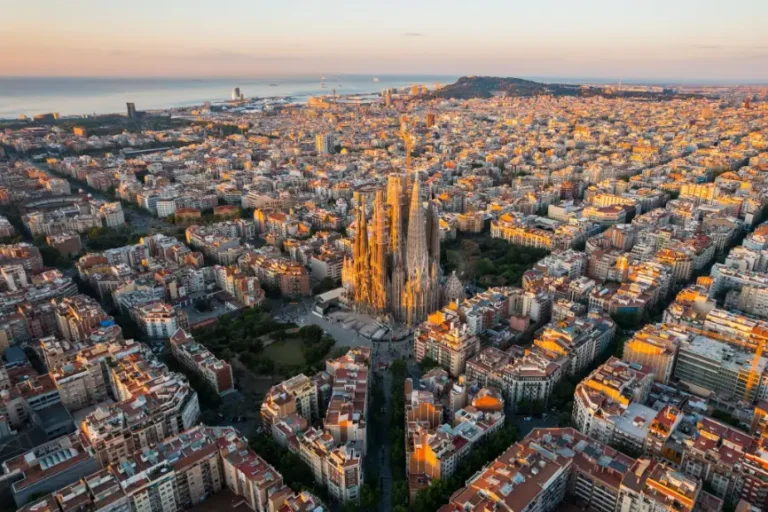I collected some photos of Barcelona.
I wanted to see some old photos of Barcelona, and found they are hard to come by. But still this is a start. Enjoy.
Barcelona Then and Now in Photos
Sagrada Familia
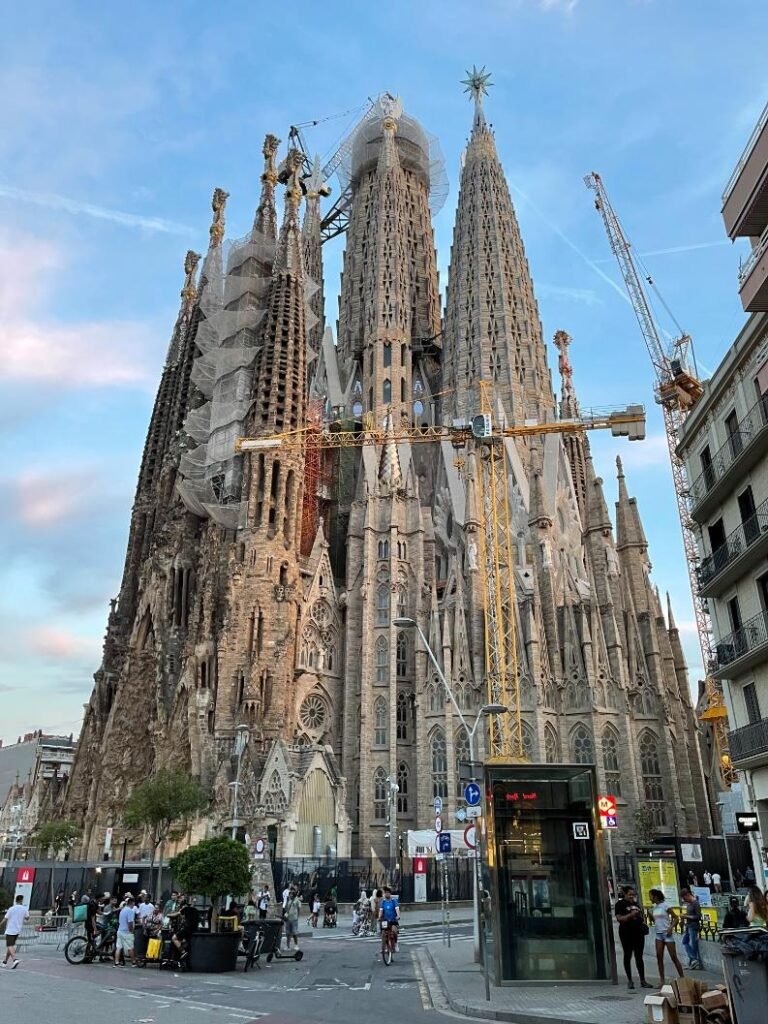
Barcelona Then and Now in Photos
Sants Station (Estació de Sants)
Barcelona Then and Now in Photos
60 m (197 ft) tall monument to Christopher Columbus at the lower end of La Rambla, Barcelona, Catalonia, Spain. It was constructed for the Exposición Universal de Barcelona (1888) in honor of Columbus’ first voyage to the Americas.
Barcelona Then and Now in Photos
The Palau Nacional (Catalan for ‘National Palace’) is a building on the hill of Montjuïc in Barcelona. It was the main site of the 1929 International Exhibition. It was designed by Eugenio Cendoya and Enric Catà under the supervision of Pere Domènech i Roura. Since 1934 it has been home to the National Art Museum of Catalonia.
Barcelona Then and Now in Photos
The origins of the Universitat de Barcelona date back to the 15th century, when King Alfonso the Magnanimous founded the Estudi General de Barcelona. The university was a very active and very important education centre under the Crown of Aragon until 1714 when, as a result of the War of Succession, it was suppressed.
Barcelona Then and Now in Photos
Opened in 1876, the Old Born market was the first large-scale cast-iron building to be erected in Barcelona. It fulfilled its role as a market for 95 years, which can be divided into two periods, first being the local market for the neighborhood of La Ribera, and later, as of 1921, becoming Barcelona’s main wholesale market for fruit and vegetables.
They later realized it was built on old Roman ruins, and it is now an active archeology site.
Barcelona Then and Now: A Photographic Journey Through Time
Barcelona, a city known for its rich history, stunning architecture, and vibrant culture, has undergone a remarkable transformation since the 1800s. From a walled city with narrow, winding streets to a bustling metropolis with iconic landmarks, Barcelona’s evolution is a testament to its dynamic spirit and adaptability.
Barcelona has been inhabited continuously for over 2000 years, but our adventure begins in the late 1800’s.
The 1800s: A Walled City with a Medieval Heart
In the early 19th century, Barcelona was a compact city confined within medieval walls, with a population that had outgrown its boundaries. The old city, or Ciutat Vella, was characterized by narrow, labyrinthine streets, historic buildings, and a dense urban fabric. Key landmarks such as La Rambla and Plaça Reial were already central to city life, offering a glimpse into Barcelona’s bustling marketplace and social hubs.
Photos from the 1800s show horse-drawn carriages navigating cobblestone streets, market stalls brimming with fresh produce, and locals going about their daily lives in traditional attire. These images evoke a sense of nostalgia and provide a window into a bygone era where community and tradition were at the heart of Barcelona.
The Late 1800s to Early 1900s: Expansion and Modernism
The late 19th century marked a period of significant change for Barcelona. The decision to demolish the medieval walls in 1854 allowed the city to expand and breathe. This era saw the birth of the Eixample district, designed by visionary urban planner Ildefons Cerdà. The grid-like layout of Eixample, with its wide avenues and chamfered corners, was a radical departure from the old city’s cramped quarters.
This period also heralded the rise of Catalan Modernism, an artistic movement that left an indelible mark on Barcelona’s architectural landscape. Architects like Antoni Gaudí, Lluís Domènech i Montaner, and Josep Puig i Cadafalch adorned the city with their imaginative creations. Iconic structures such as Casa Batlló, Casa Milà (La Pedrera), and the awe-inspiring Sagrada Família began to take shape, transforming Barcelona into a living museum of modernist art.
Photos from this era reveal the juxtaposition of old and new. Images of the bustling Passeig de Gràcia showcase elegant modernist buildings standing alongside traditional structures, highlighting the city’s rapid transformation.
Mid-20th Century: Modernization and Growth
The mid-20th century was a time of further modernization and growth for Barcelona. The city’s infrastructure improved, and new neighborhoods emerged to accommodate the growing population. The 1929 International Exposition left a lasting legacy with the construction of Montjuïc, featuring impressive venues such as the Magic Fountain and the Palau Nacional.
Post-war Barcelona experienced an economic boom, leading to extensive urban development. Photos from the mid-20th century capture the spirit of innovation and resilience. Scenes of newly constructed apartment buildings, bustling markets, and the burgeoning tourism industry reflect a city on the rise.
Late 20th Century to Present: A Global Metropolis
The late 20th century and the beginning of the 21st century have seen Barcelona solidify its position as a global metropolis. The 1992 Summer Olympics were a turning point, propelling the city onto the international stage. Significant investments in infrastructure, including the redevelopment of the waterfront and the creation of Port Olímpic, revitalized the city’s image.
Today’s Barcelona is a blend of the old and the new (mostly old). The historic Gothic Quarter coexists with modern developments like the 22@ innovation district. The city’s skyline is dotted with contemporary landmarks such as the Torre Glòries and the Barcelona Pavilion by Mies van der Rohe.
Conclusion
Barcelona’s transformation since the 1800s is an interesting story. From its medieval origins to its modern-day, the city has continually reinvented itself while preserving its cultural heritage. As you walk through Barcelona’s streets, every corner holds a piece of history.


